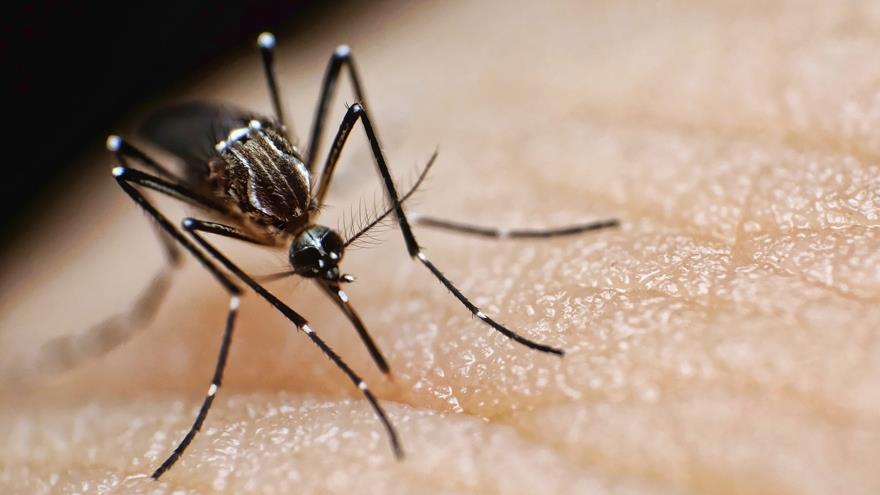'The Ecology of Fashion’ on Display at the Academy of Natural Sciences of Drexel University

- Mosquitoes' Bloodsucking Tubes Could Enable High-Definition 3D Printing
- Drexel Selects New, World-Class Life Sciences Building at 3201 Cuthbert Street for Medical Research Operations
- Breakthrough on Gene Therapy for Hereditary Spastic Paraplegia
- Drexel Environmental Collaboratory Releases Cross-Sector Findings on Severe Weather Recovery Challenges

The Academy of Natural Sciences of Drexel University enters the world of fashion, in collaboration with the Robert and Penny Fox Historic Costume Collection (FHCC) of Drexel’s Antoinette Westphal College of Media Arts & Design, to present The Ecology of Fashion. The exhibition will feature garments from the FHCC, specimens from the Academy's collections and works by contemporary change-makers, boldly showing how materials, production processes and our own patterns of clothing consumption impact our world.
Contemporary household designer names and modern high-end brands — Oscar de la Renta, Givenchy, Levi Strauss & Co. — will be on display, and the highly exclusive evening gown, designed by Givenchy made of a rare coral and worn by Princess Grace of Monaco, will also be on display, albeit for a limited time. The exhibit lays bare that designers often pay homage to nature even while utilizing materials and processes that can harm the environment. Reflecting on how a single style trend, such a coat worn by First Lady Jackie Kennedy, can lead to devastating impacts.
“From the raw materials drawn from fauna, flora, fungi and fossil fuels, to the agricultural and manufacturing processes behind their making, the clothing that we wear is deeply interconnected with the natural world,” said Marina McDougall, vice president of Experience and Engagement at the Academy. “The Ecology of Fashion at the Academy of Natural Sciences vividly presents a series of tableaux exploring fashion and its environmental impacts, inspiring visitors with ways in which we can participate in bringing about positive change.”
In addition to seeing pieces that demonstrate the connection between fashion and nature, visitors will have the opportunity to explore how shifts in textile production and fights to address labor rights may be encouraging more environmentally friendly and ethical practices. The exhibition aims to inspire visitors to make more sustainable choices for their own closets.
“It is exciting to present the items from the Robert and Penny Fox Historic Costume Collection in an interdisciplinary context. The pieces on display in The Ecology of Fashion exhibition — from renaissance velvets to pleated polyester — tell a story about our environment, our history and our future,” said Clare Sauro, director of the Robert and Penny Fox Historic Costume Collection, who co-curated the exhibit with McDougall.
A celebratory opening event will take place on Friday, Nov. 15, 6:30 – 9 p.m. at the Academy. Guests will get an exclusive preview of the exhibition alongside a bevy of fashion-forward activities, including a vast thrift marketplace curated by Now + Then Market, fashion illustrations done on-site by FABSCRAP, live weaving demonstrations along with music, food and drinks. Guests are encouraged to wear their favorite upcycled or thrifted outfits. Opening event tickets can be purchased here, with discounts for students and Academy members.
The Ecology of Fashion will run from Saturday, Nov. 16 through Sunday Aug. 31 in the Dietrich Gallery, at the Academy. All exhibits are included with the purchase of a general admission ticket, operating hours are Wednesday and Thursday 10 a.m. – 4:30 p.m., and Saturday and Sunday, 10 a.m. – 5 p.m.
Some items on display from the FHCC will be rotated out and replaced halfway through the exhibition due to their fragility, allowing for a fresh experience for guests who make repeat visits.
For more information about The Ecology of Fashion visit: https://ansp.org/exhibits/the-ecology-of-fashion/
Drexel News is produced by
University Marketing and Communications.